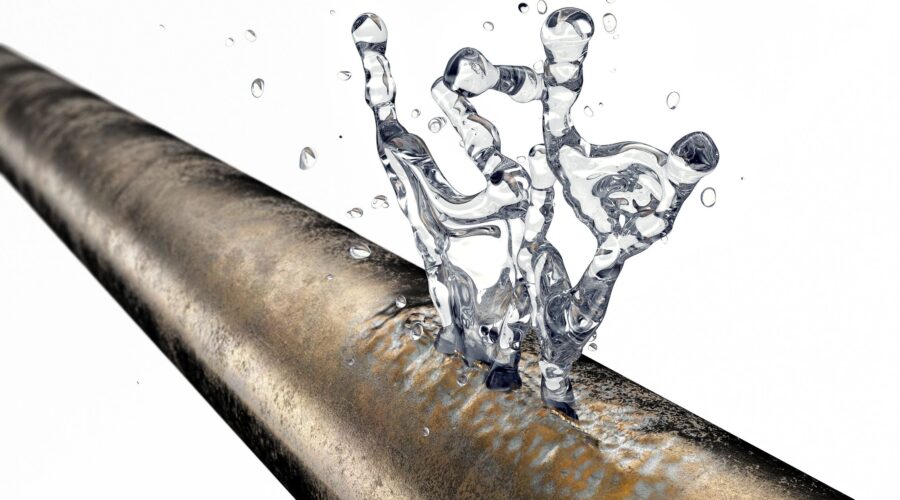
5 Tips To Repair Sewer Line Leak In San Diego
A sewer line leak can be a homeowner’s nightmare, causing not only unpleasant odors but also potential damage to your property. If you’re facing this issue, don’t panic! With the right knowledge and a bit of effort, you can repair a sewer line leak and prevent further damage. In this article, we’ll share five essential tips to help you tackle this problem effectively.
-
Identify the Leak
The first step in repairing a sewer line leak is to locate the exact point of the problem. Signs of a sewer line leak may include foul odors, slow drains, soggy patches in your yard, or even sewage backup in your home. Once you’ve identified the issue, mark the affected area and dig carefully to expose the damaged section of the sewer line. Make sure to wear appropriate safety gear and take necessary precautions, as sewer lines can contain harmful bacteria.
-
Gather the Right Tools and Materials
Before you begin the repair process, ensure you have the necessary tools and materials on hand. You’ll likely need a few key items, including:
- Shovel: A sturdy shovel will help you excavate the area around the leak.
- Pipe Cutter: A pipe cutter is essential for removing the damaged section of the sewer line.
- Replacement Pipe: Purchase a new section of pipe that matches the size and material of your existing sewer line.
- Pipe Fittings: You’ll need connectors and couplings to join the new pipe to the existing line.
- PVC Cement: If your sewer line is made of PVC, PVC cement will be required to securely attach the fittings.
- Safety Gear: Always wear gloves, safety goggles, and a mask to protect yourself from contamination.
-
Cut and Replace the Damaged Section
Carefully cut out the damaged section of the sewer line using a pipe cutter. Be precise to ensure a clean cut. Next, insert the replacement pipe and secure it with the necessary fittings. If your sewer line is made of PVC, use PVC cement to bond the fittings securely. Double-check the alignment and connections to ensure there are no leaks.
-
Test the Repair
Before you start filling the hole back in, it’s crucial to test your repair. Flush toilets, run faucets, and monitor the repaired section for any signs of leakage. If you notice any issues, make adjustments as needed. Properly sealing the connections and allowing the PVC cement to dry is vital to preventing future leaks.
-
Backfill and Restore
Once you’re confident that your repair is holding up, carefully backfill the hole with soil. Compact the soil as you go to prevent settling later on. If you had to dig up any landscaping or hardscaping, be sure to restore it to its original condition. Take the time to clean up the area, removing any debris or materials used during the repair.
FAQs
Can I Use A Temporary Fix For A Sewer Line Leak?
While temporary fixes like epoxy putty may provide a short-term solution, it’s recommended to replace the damaged section of the sewer line for a more permanent and reliable repair.
How Do I Prevent Future Sewer Line Leaks?
Regular maintenance, avoiding flushing non-biodegradable items, and being mindful of what goes down your drains can help prevent future sewer line leaks. Additionally, consider installing a backflow prevention device.
Is It Safe To Repair A Sewer Line Leak On My Own?
Repairing a sewer line leak can be done by homeowners with the right tools and precautions. However, if you are unsure or uncomfortable with the process, it’s advisable to hire a professional plumber to avoid any potential health risks or further damage.
Conclusion
Call 1st Response Leak Detection at (619) 374-8554 right away to set up an interactive consultation with one of our experts.
Call the experts of 1st Response Leak Detection at (619) 374-8554 to avail of our leak detection services in San Diego, CA.



